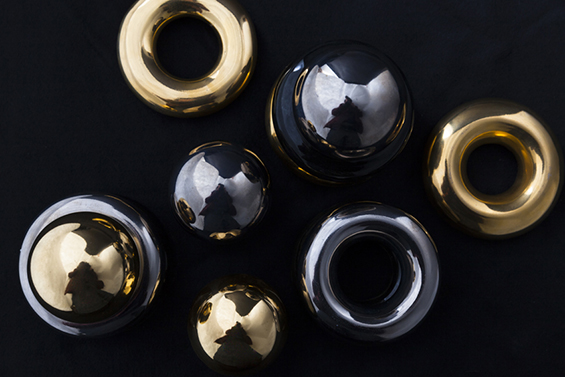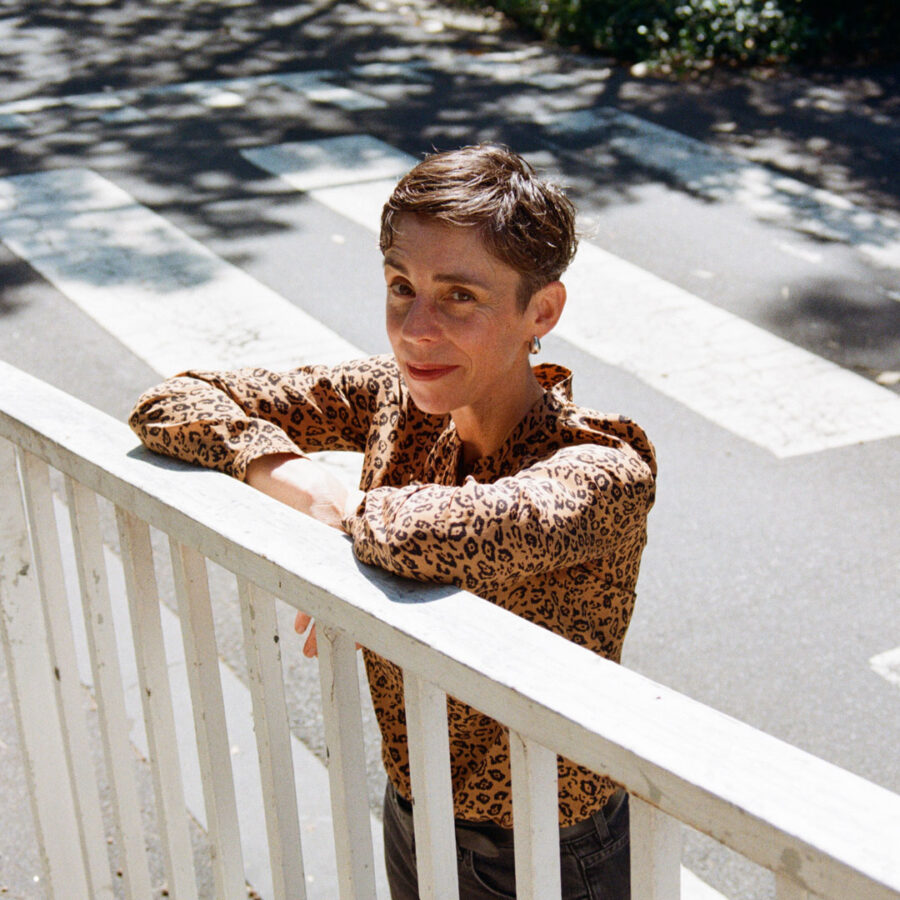
Muddle cakes, kiss biscuits, oyster patties and Spanish cream may not sound like subversive dishes. Photographs of such dainties are, however, part of the social media arsenal of the Australian librarians who are currently campaigning to change the laws governing unpublished material held in libraries, museums and other collections. Under the hashtag #cookingforcopyright, the Australian Library and Information Association (ALIA) has been drawing attention to a particularly perverse feature of Australian copyright law. Published material goes out of copyright after 70 years whereas unpublished material (such as recipes, diaries, letters, company records, drafts, notebooks and so on) never goes out of copyright. Unpublished material can’t be published or quoted without permission.
The librarians’ dishes were prepared following a set of unpublished recipes that were illegally posted online to promote the cause. Usually, to digitise such material libraries must locate copyright holders (or their heirs) and obtain their permission. If they exist, the heirs almost always agree – but it’s a time-consuming and resource intensive process. Librarians must consider the risk that a lost copyright holder may appear in the manner of a long-estranged relative and stake a financial claim.
The civil disobedience of the librarians only goes so far as vigilante baking; ALIA members are, ALIA CEO Sue McKerracher, told me, committed to authors’ rights and so take a scrupulously conservative approach to the publication of unpublished material, even in cases such as pseudonymous or unattributed texts where it is unlikely that a copyright holder will turn up. Effectively this leaves vast quantities of unpublished material in limbo. To put it into perspective, the National Library of Australia has over two million unpublished items in its collection that cannot be lawfully digitised.
Aficionados of heritage biscuits are not the only group affected by this law, which, by the way, is out of line with copyright provisions on unpublished material in the US, the UK, Canada and the EU. These archaic laws inhibit the study of Australian history and literature. Letters, diaries, notes, drafts, domestic documents: these are the stuff of literary history and biography. When scholars inspect this kind of material, their work is governed by fair dealing provisions that limit the quotation and reproduction of copyright material. A scholar may find herself working with a chain of correspondence between an author and her friend, one side of which can be quoted with the permission of the copyright holder, the other side of which cannot. ALIA is lobbying for fair use to be the standard for unpublished materials, a shift which would also let libraries digitise unpublished material for public use.
The zealous protection of the copyright of unpublished works, especially those for which no copyright holder can be identified, is all the more perverse given the current quagmire of copyright law in action. As the various contributors to the recent Copyfight! attest, authors face more and more challenges as they try to protect their financial interest in their work. Diligent librarians reluctantly uphold the law pertaining to recipes that are over a century old while contemporary authors have never been more vulnerable to copyright infringement.
Reform in this area is currently on the crammed agenda of the Attorney-General and Minister for the Arts George Brandis. The Australian Law Reform Commission tabled its report on Copyright and the Digital Economy in February 2014; Brandis, still equivocating, is due to respond in September. A slice of madeira cake might be just what he needs. In solidarity with ALIA, here’s a recipe, from the Evatt Collection at Flinders Library in South Australia, illegally published online as part of the Cooking for Copyright campaign:
Madeira Cake
Ingredients
2 cups flour
3 tablespoons butter
1 cup sugar
Grated rind of an orange
Same of lemon
8 eggs
1 teaspoon baking powder
Method
Put butter, sugar and flavouring into a basin, work to a cream, gradually add eggs (not beaten), mix the baking powder with the flour and add. Beat all together 10 minutes, put into greased tin and bake from 1.25 to 1.5 hours.
This week the Sydney Review of Books examines the career of the neglected writer John Morrison, whose books were highly acclaimed during his lifetime yet are all currently out of print. In his essay ‘John Morrison: writer of proletarian life’ Paul Gallimond tracks the evolution of Morrison’s strain of Australian socialist realism, one grounded in his experiences as a wharfie, a gardener and a rouseabout.
While the classification ‘socialist realist’ might today seem merely to designate a particular mode or method of writing, albeit an historical one — ‘socialist’, as distinct from, say, ‘magical’ realism — for Morrison, in the context of Australia in the 1930s, 40s and 50s, it was more than that; it was a living reality. A socialist realist writer was to work with facts and certainly during the Great Depression the facts were plain enough: massive unemployment and poverty.
Morrison, who was associated with the Melbourne Realist Writers’ Group, sought to document the experience and psychology of working class labour in his short stories and two novels. He stood apart from some of his literary comrades in his conviction that the first responsibility of the writer is to present social reality – and not to fix it.
Our second essay is by Drusilla Modjeska, who introduces Randolph Stow’s 1979 novel Visitants. ‘Thirty-six years after its first publication,’ writes Drusilla Modjeska, ‘Visitants remains, in my view, the finest Australian novel that takes Papua New Guinea as its inspiration and dilemma.’ Modjeska’s introduction to a new edition of Randolph Stow’s 1979 novel tunes into to the many voices – ‘echoes, rumours, languages understood and misunderstood’ – that compete for the reader’s attention and constitute the major achievement of the novel. This, to my mind, is the radical achievement of Visitants, for it not only turns the colonial gaze back on itself, the view from the ‘other’—the blundering white man in the tropics, a not-unfamiliar trope—but it incorporates into the text the language, the patterns of syntax and expression of the Kiriwina language.
This week, From the Archive returns to Kerryn Goldsworthy’s essay on Text Classics, who this month will republish Stow’s Visitants. When Goldsworthy considered the initial Text Classics list and the embattled history of Australian literature in early 2013, she was enthusiastic in her assessment: “the greatest value of this series lies not so much in its ‘neglected gems and lost treasures’ narrative as in its potential as an imaginative, polyphonic introduction to the broad canvas of Australian history, something that general readers, students, new citizens and international visitors alike might value.”
